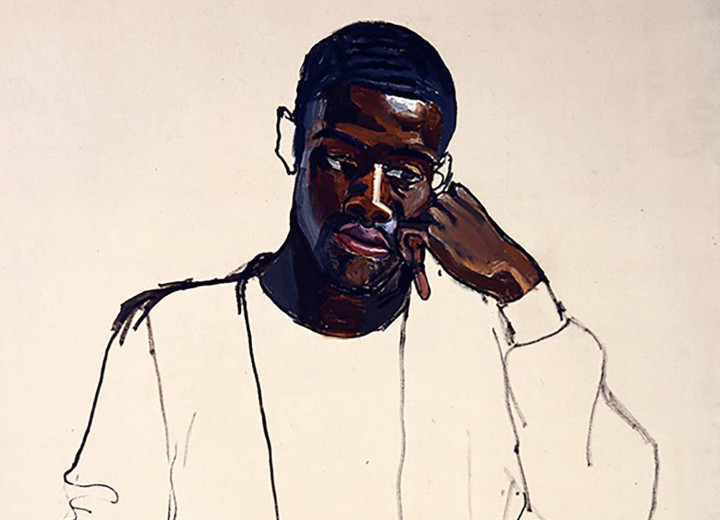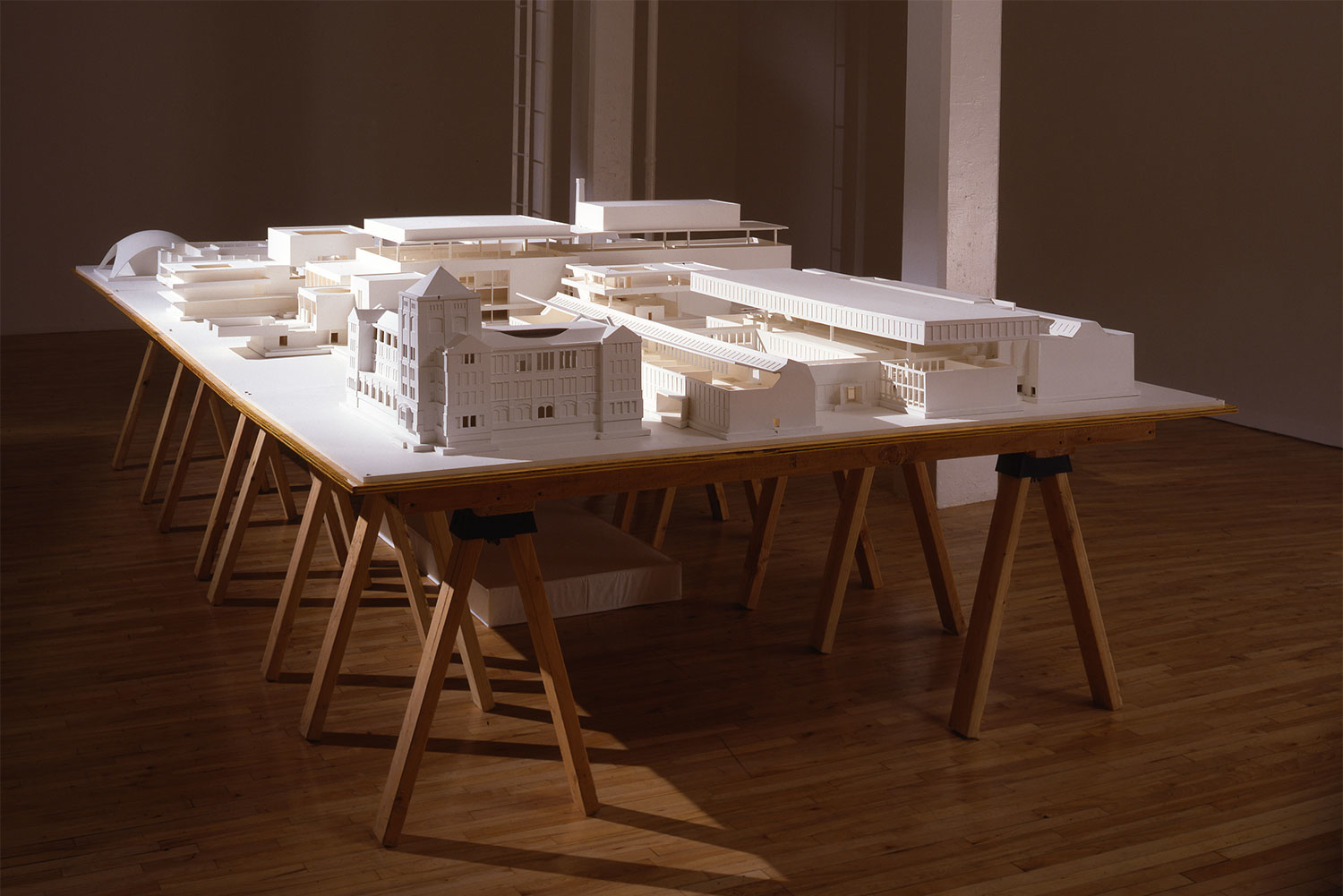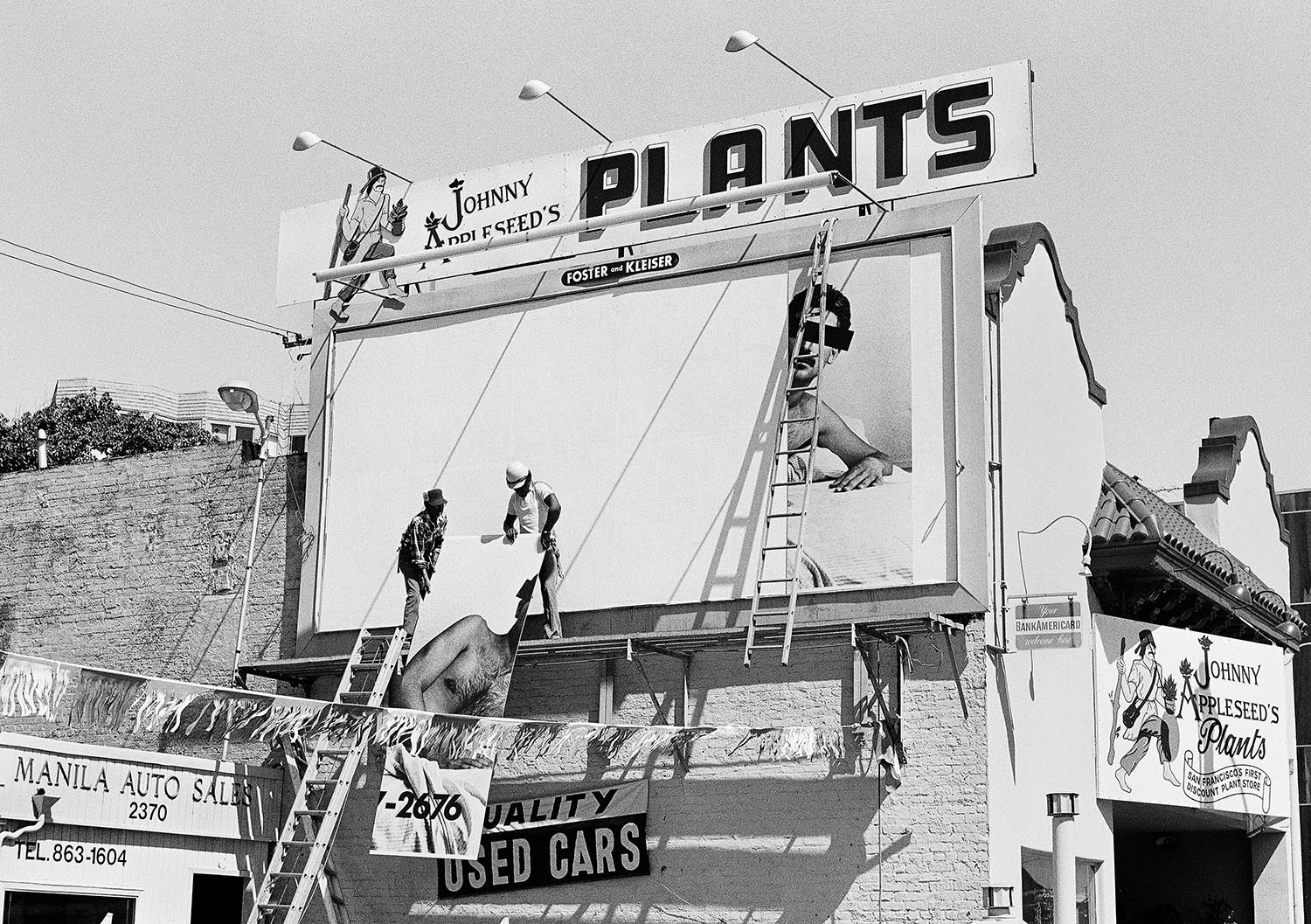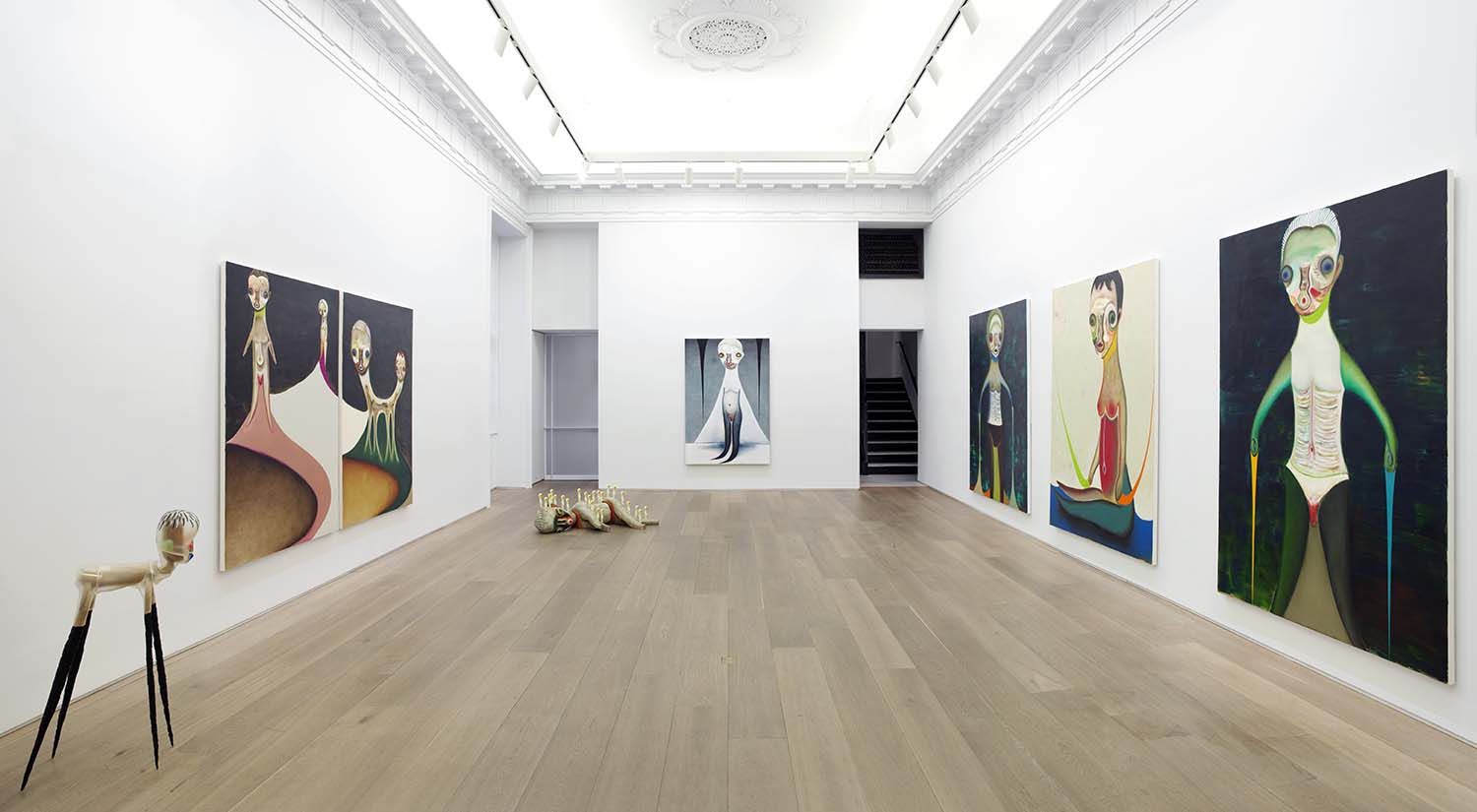The Whitney museum has moved downtown, and the Metropolitan Museum of Art has taken the vacant spot, now bearing the name “Met Breuer” in acknowledgement of its original architect, Hungarian-born émigré and Bauhaus architect Marcel Breuer.
The Whitney will retain ownership of the building while the Met Breuer will present programming in the building for a period of eight years. The new location opened March 18th with three days of special programs inaugurating the new space dedicated to modern and contemporary art. Through a range of exhibitions, commissions, performances and artist residencies, the Met Breuer will enable visitors to engage with the art of the twentieth and twenty-first centuries through the global breadth and historical reach of the Met’s unparalleled resources, including a collection spanning more than five thousand years of world culture, from prehistory to the present.
The inaugural exhibition, “Unfinished: Thoughts Left Visible,” is a cross-departmental curatorial initiative that includes works by some of the greatest artists of all time, ranging from Titian to Louise Bourgeois, who experimented with a non-finito style; coupled by the largest exhibition to date dedicated to Indian modernist Nasreen Mohamedi. A music installation by resident artist Vijay Iyer will activate the Met Breuer’s lobby gallery. In addition to programming the building, the Met has reanimated Breuer’s iconic structure, with comprehensive restorations to the original finishes that honor his vision for the space as well as several new design features that support a fluid, integrated visitor experience of art and architecture.
During the press preview, when asked about the challenge of blending a contemporary vision with the Met’s mammoth collections, Thomas Campbell, director and CEO of the museum, said with a smile, “It’s not a challenge, it’s an opportunity.” Sheena Wagstaff, the Chairman for Modern and Contemporary Art who developed with Campbell the curatorial program at the Met Breuer in partnership with departments across the museum, explained, “It’s not a single vision that everyone must follow and endorse. It’s a democratic process. We try to let all of our curators’ ideas emerge and infuse nicely. It is a long and fascinating conversation.




